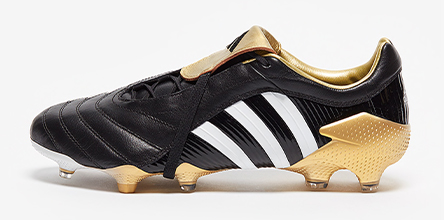If past trends and sneak peaks are anything to go by then the new year is likely to bring with it a new adidas Predator. The next generation of the iconic silo looks like it will retread old steps to a certain extent, so just how has the Predator evolved in recent years to bring us to this point?
The adidas Predator is one of the most iconic products in the whole sporting goods industry. So when it was announced that the silo was being retired as part of the German brand’s ‘Chaos and Control’ shake up in 2015 that saw the ACE and X replacing its existing setup there was obvious shock and dismay from fans across the globe. But as we all know you can’t keep a good thing down and, following that brief spell on the sidelines, the iconic Predator made its return in late 2017. However, this was a very different beast to what we had last seen in 2014.


The new design for the Predator 18, as it was dubbed, followed on more from the ACE that came before it rather than picking up where the last Predator, the Instinct, had left off, with ridges in the forefoot emulating the signature rubber elements in look alone. The main feature of note on the Predator 18 was that it took the key innovation from the ACE in going laceless. Without laces though, or a fold-over tongue or any rubber for that matter, and instead arriving with a mid-level collar, some felt that this was a Predator in name alone. Still, the silo was back in the Three Stripes setup, back in the collective consciousness, where it belonged, and that was a start. But things were about to get a lot more extreme…
Where the Predator 18 and 19 may have been accused of abandoning the key elements that make a Predator a Predator, adidas had a plan, and that plan involved the return of rubber, though not as many may have hoped or expected.
In 2020, adidas unveiled the Predator Mutator, and to say reactions to the all-new aggressive aesthetic were mixed was an understatement. It was undoubtedly a closer fit for the Predator DNA however; a name denoting the new instalment rather than just a number? Check. Laceless and laced options? Check. Collared and low-cut? Check. Launched in the classic black, red and white colourway? Check (things were looking good for fans past and present…) And finally the all-important rubber elements? Check, but…
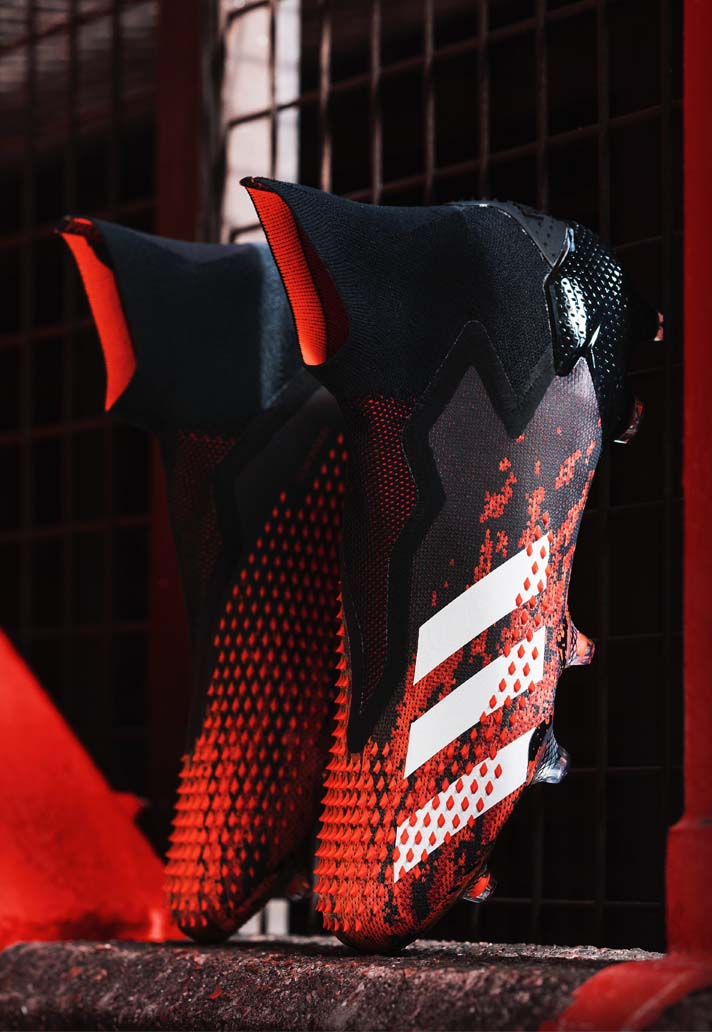

Here was the debut of DemonSkin technology: an innovative layer of 406 rubber spikes designed to enhance grip and spin, wrapping the front and side of the boot in a formation that aligned to key contact points with the ball. If you’d been asked 10 or 20 years ago to imagine what a Predator in 2020 would look like, this probably wouldn't have been far off.
Packed with modernised Predator technology while respecting genuine Predator DNA this aggressive looking son of a gun was undoubtedly the very definition of next generation. Purists were still up in arms about the fact that this wasn’t more akin to the Accelerator, Precision and Pulse of the past 25 years, but this was a progressive design, a step forward, a Predator for a new generation.
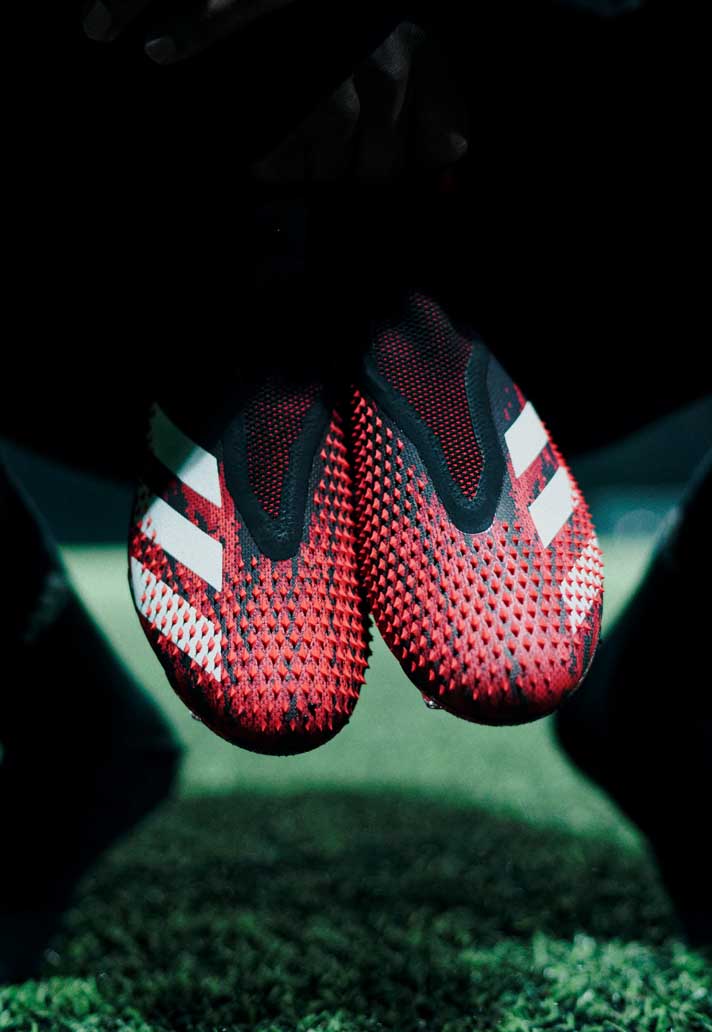


And so the evolution continued into the next year with the introduction of the Predator Freak. Just when you thought the aesthetic couldn’t get anymore aggressive, it got ramped up to 11, with a new formation for the DemonSkin spikes that lent it an even more animalistic look. In an ever-evolving world, to stand still is to fade away, and the Predator, now on its 17th generation, is used to changing with the times, adapting to the demands of the game and meeting the needs of the modern day player.




Roll the clock through 11 months and nine colourways and we’re now on the cusp of getting a new generation Predator. As we’ve seen from the sneak peeks that we’ve had of it so far on the feet of pros testing out the blackout prototype, it looks to be abandoning the spike formation that has epitomised the last two versions in favour of a stripped rubber formation. This rubber is positioned in key areas of connection between the ball and the foot, sort of like the Predator Lethal Zones. So is this more revolution rather than evolution?
The Predator Lethal Zones (LZ) first launched in 2012 and evolved into a LZ II version into 2013. With next year marking the 10 year anniversary of that first version, it makes sense that this next gen would be perhaps partly inspired by that design. But if you think that the technology hasn’t moved on since 2012, then you’re sorely mistaken. Think of this then more as homage rather than recreation or rerelease. The thought process and design input behind the LZ was sound after all, placing the rubber tech in the specific zones, as the DemonSkin spikes did also.
The 2012 adidas Predator Lethal Zones caused a bit of uproar upon their launch as adidas opted for an initial colourway that was a step away from the traditional colour combination of "Black/White/Red" – it was deliberate move to highlight the five Lethal Zones on the boot, which consisted of strategically positioned areas of rubber to help improve ball control: First Touch, Dribble, Sweet Spot, Drive and Pass. That combined with the lack of tongue was enough to upset those purists that we’ve referred to previously. But this is a new generation, one where tongues are fondly remembered, but seldom included in boot design. Everyone loves a bit of tongue, but in a world where every element of design is done with enhancing performance in mind, that additional flap of leather is a bit superfluous.
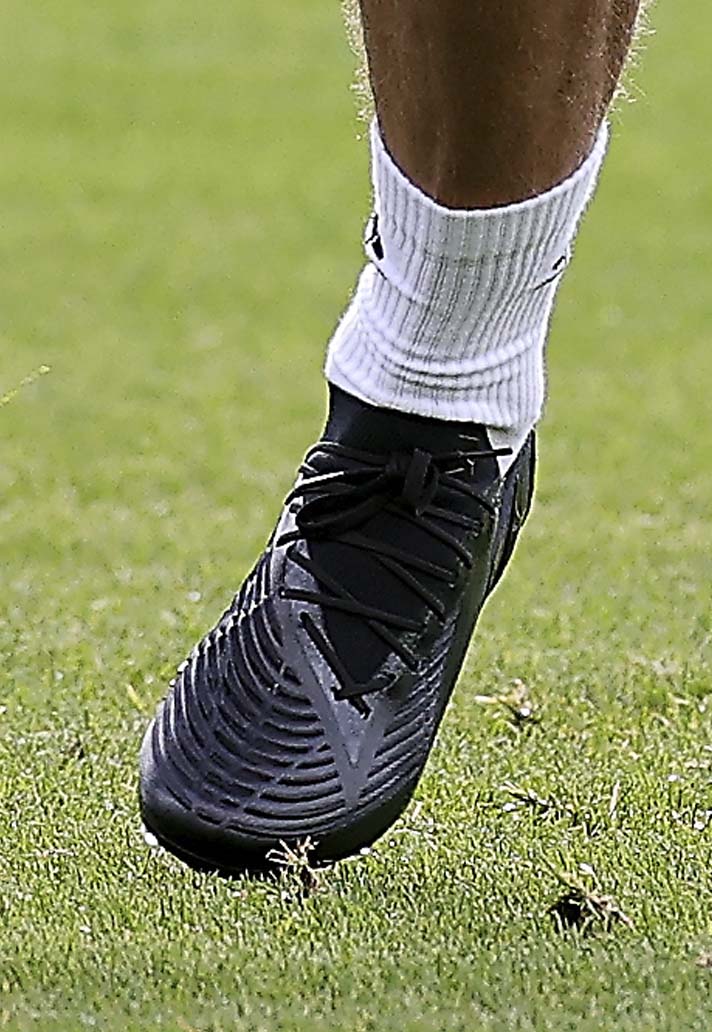
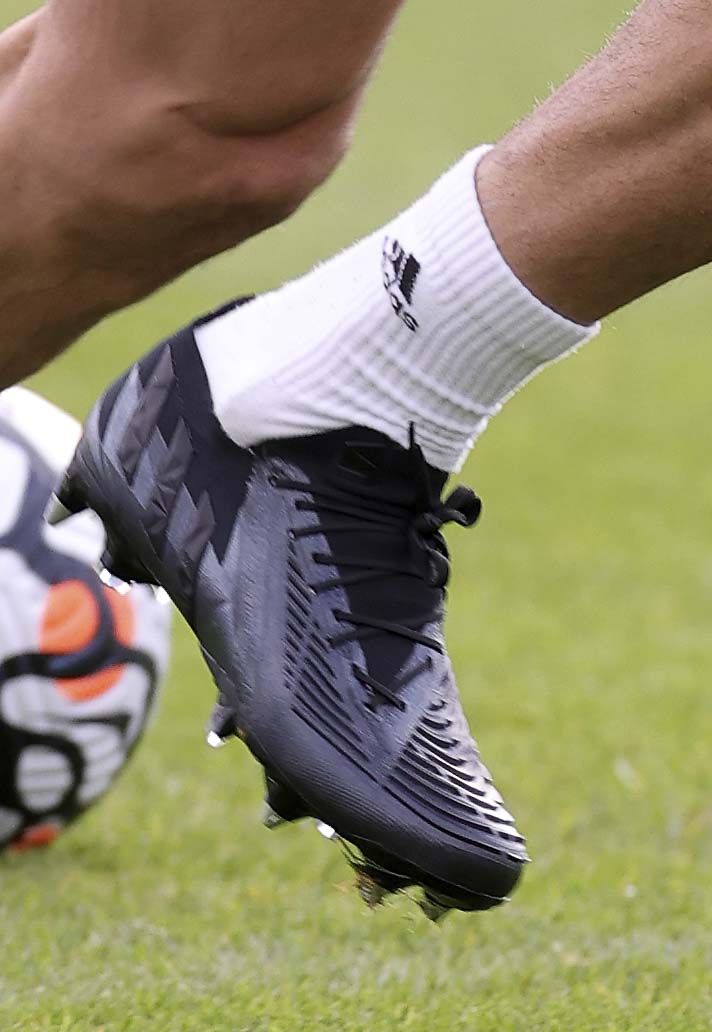
So was the Lethal Zones just ahead of its time upon its original release? The DemonSkin spikes were so radical upon the release of the Mutator and Freak that there was inevitable kick back, so to dial that back a bit makes a lot of sense, and this new edition is bound to be embraced all the more quickly for it. Add to that the factor of it being the 10 year anniversary of the LZ, and all those who fondly remember those boots from their childhoods being 10 years older, and you can see why this is an intelligent route to pursue from adidas. Whether evolution or revolution, the Predator continues to build upon its legacy. Yep, looking forward to seeing this one on the pitch.


Watch this space as we prepare to welcome the 19th edition of the adidas Predator to the world in the new year...
Shop all adidas Predator boots at prodirectsoccer.com






